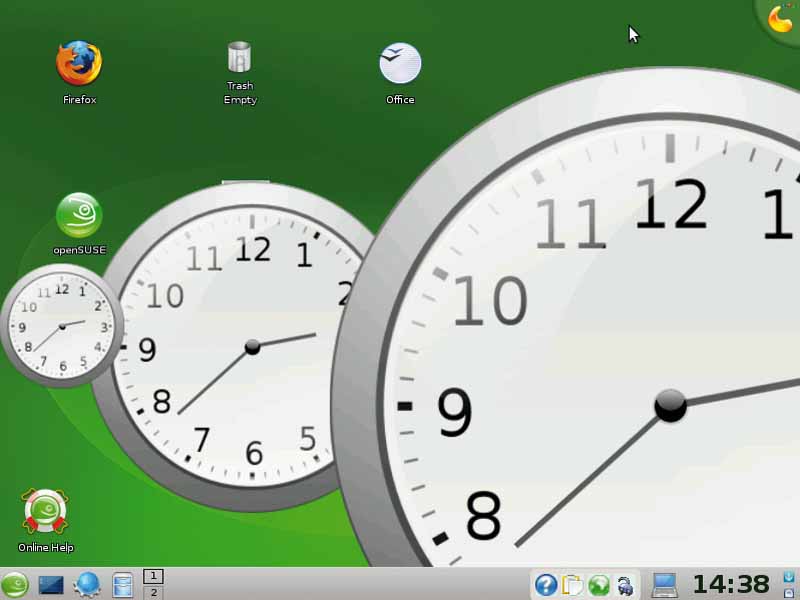11 ways to create a successful Linux distro
How to create a distribution that stands out from the crowd

What can you do to stand out from the hundreds of other Linux distros that already exist?
There are a number of angles you can explore for this – choose one, two or all of them if you want!
1. Be cutting edge
At its height, Mandriva was famed for including the very latest software, but the management decided to focus less on features and more on stability, which meant that older, "tested" software became the norm, and many users left to find their cutting-edge fix elsewhere.
Similarly, Ubuntu launched as an up-to-date version of Debian, but has also fallen prey to the same problem – Ubuntu 8.10 won't include Mono 2.0, for example, despite it being released a month before the distro ships.
We're well aware of feature freezes and other stability-enhancing techniques, but if you want to capture the market for cutting-edge software then you need to forgo such niceties and focus on getting the software into your distro as fast you can. Your users will thank you for it!
2. Be super-stable
Sign up for breaking news, reviews, opinion, top tech deals, and more.
The opposite of being on the cutting-edge is being super stable, which means choosing your selection of apps from the sturdiest, the most tested and the most reliable options available to you.
Yes, this does mean shipping OpenOffice.org 2.x rather than 3.x, but it also means you should have fewer bug reports because the software you provided has already been through years of testing and fixing.
The downside to this plan is that stable distros require years of support – Ubuntu LTS comes with five years of support on the desktop, and Red Hat Enterprise Linux comes with seven. If you're aiming to compete in this market, you need to be ready to provide lots of backports of security updates and the like.
3. Be super-light
One of the most impressive features of open source software is its apparent ability to outpace Intel's attempts to ramp up the performance of our computers. By that we mean that some of the most popular free software applications have a reputation for being slow, RAM-hungry or otherwise resource intensive, which is why there is such a market for thin-and-light distros.
The idea here is simple: rather than choosing Application A for your distro, which uses 100MB of RAM, choose Application B, which uses 10MB of RAM. Repeat that for just about everything in your distro (excluding any apps you honestly feel you can't live without), and suddenly even a Pentium II is starting to look quick.
Again, there's a lot of competition in this space, but all too often you either get a fully functional and fat desktop, or you get a slim-and-light desktop with a look and feel on a par with Windows 3.1. Perhaps there's room for you to innovate somewhere in between?
4. Focus on a group of users
If you want to build a loyal group of users, give them some love: make a distro focused on the needs of a specific kind of user, and you'll find that they stick with you through thick and thin. So, rather than create yet another do-everything distro that covers all bases, why not create a distro focused on developers? Or artists? Or gamers?
This allows you to slim down your choice of packages to the essentials for your target market, then lets you pre-set all the options they most want to see. For example, here at LXF Towers we're big fans of programming with Mono. Why not create a distro with all the Mono libraries and documentation preinstalled, along with all the best Mono-based apps for inspiration?
5. Look good
In Shuttleworth's words, "pretty is a feature". If average users were to choose between two distros that were identical apart from their look and feel, of course they would choose the one that looks the best. That said, "best" is clearly highly subjective – we're not particular fans of Sabayon's inky black interface, and yet many other people think it looks smart and sophisticated.